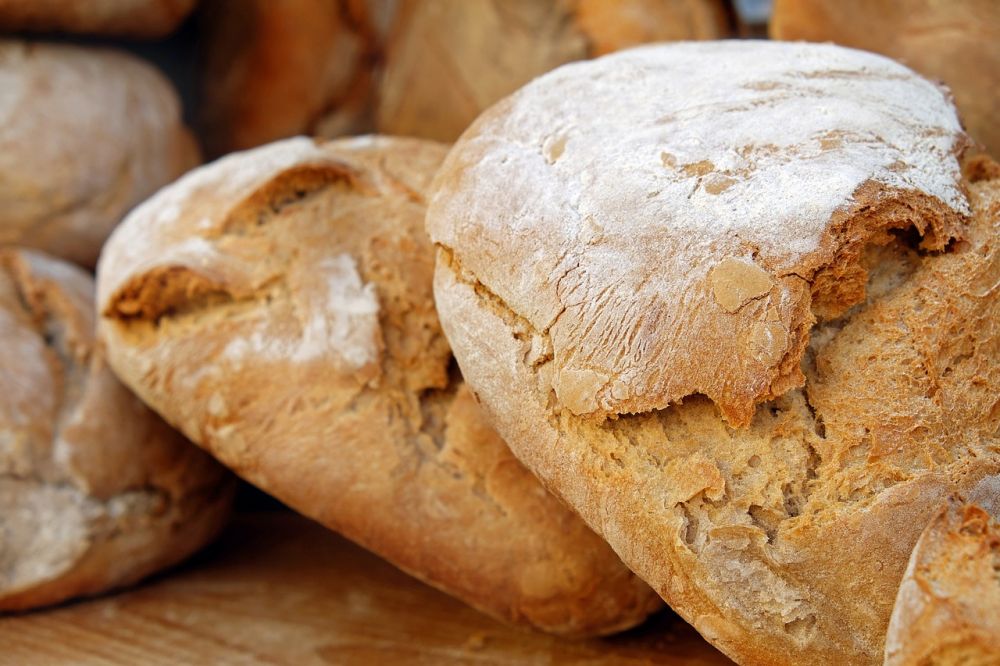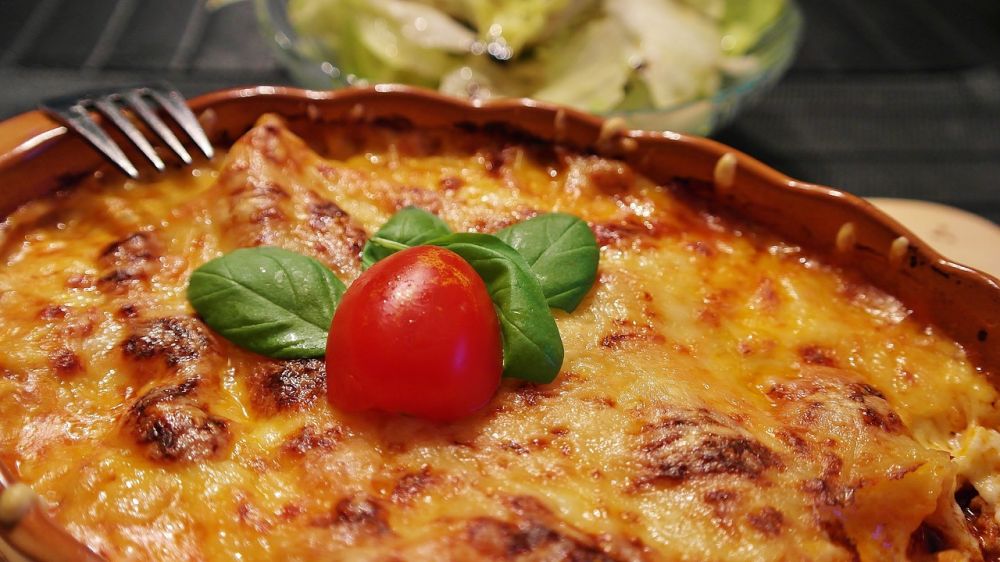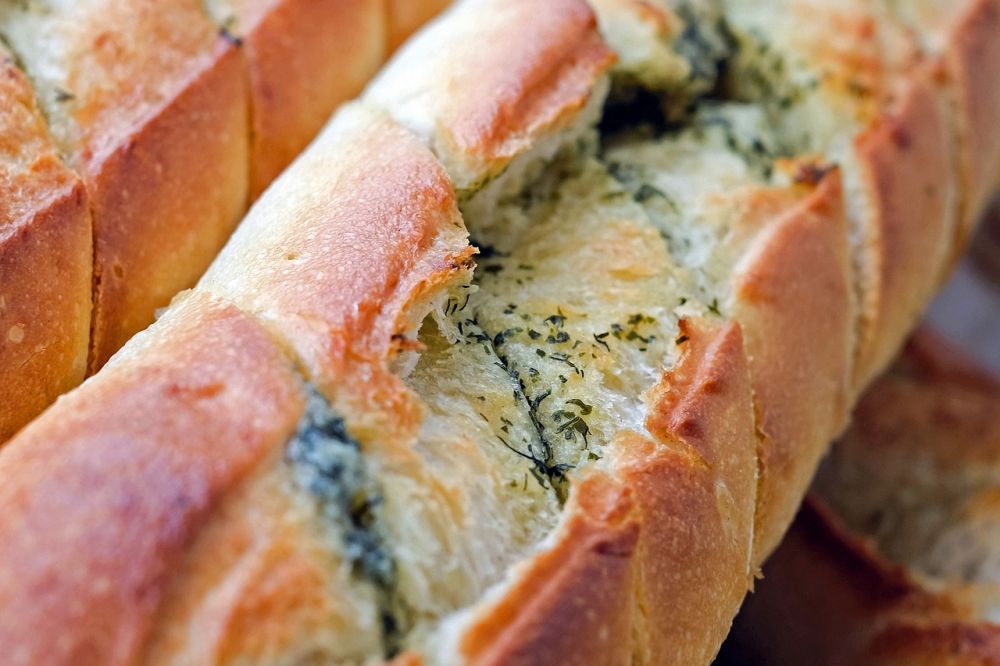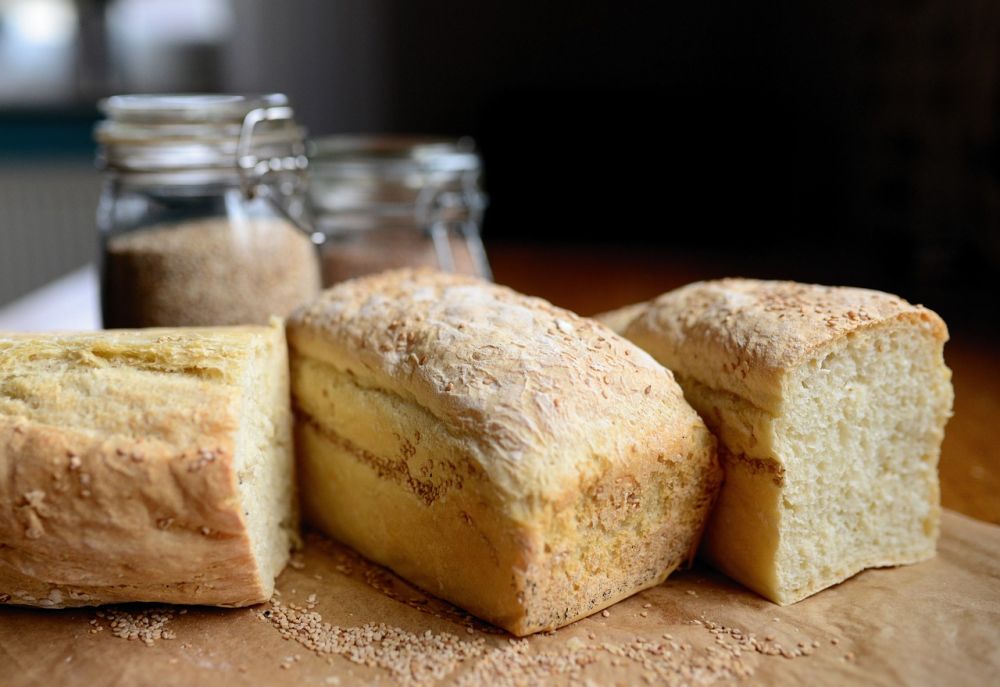Baking bread is a timeless culinary art that has been practiced for centuries

It involves the process of combining flour, water, yeast, and other ingredients to create a warm and flavorful loaf of bread. In this article, we will take a comprehensive look at the world of baking bread, exploring its various types, popular variations, and historical significance. Whether you are an experienced baker or a novice looking to try your hand at this delicious endeavor, this article will provide you with a deep understanding of the art of bread baking.
1. An Overview of Baking Bread:
Baking bread is a method of cooking that dates back to ancient civilizations. Over time, it has evolved and adapted to different cultures and preferences, resulting in a wide variety of bread types and techniques. From traditional sourdough to gluten-free options, baking bread offers endless possibilities.
2. A Comprehensive Presentation of Baking Bread:

There are several types of bread that one can bake, each with its own unique characteristics and flavors. Some popular types include French baguettes, Italian ciabatta, and German rye bread. Each type requires specific ingredients and techniques to achieve the desired texture and taste.
Beyond these traditional types, there has been a surge in popularity for specialty bread, such as artisanal loaves, gluten-free and vegan options, and bread infused with herbs and spices. These variations cater to the diverse dietary preferences and nutritional needs of consumers.
Quantitative Measurements of Baking Bread:
When it comes to baking bread, precision is key. The right balance of ingredients, correct kneading and rising times, and precise oven temperatures can make all the difference in the final product. Measuring ingredients by weight instead of volume can ensure accuracy and consistency in the bread-making process. Additionally, using a thermometer to check the internal temperature of the bread can help determine its doneness.
Furthermore, quantitative measurements can also extend to the nutritional aspect of bread. Understanding the carbohydrate, protein, and fat content, as well as the fiber and vitamin levels, can help individuals choose the right type of bread for their dietary needs.
Distinguishing Different Baking Breads:
Each type of bread has its own distinct characteristics that set it apart from others. These differences can be observed in their texture, crust, aroma, and taste. For example, sourdough bread has a tangy flavor and chewy texture due to the natural fermentation process, while whole wheat bread has a denser texture and nutty flavor. These variations cater to different preferences and can be paired with various accompaniments, such as butter, jams, or savory spreads.
A Historical Exploration of the Pros and Cons of Different Baking Breads:
Bread has played a central role in the history and development of various civilizations. It has served as a staple food, a symbol of social status, and even as a means of trade. Throughout history, different types of bread have emerged based on the availability of ingredients, cultural preferences, and technological advancements.
However, not all bread is created equal. Some types of bread offer higher nutritional value, while others may have a shorter shelf life. Understanding the pros and cons of different types of bread can help individuals make informed choices about their dietary habits.
In conclusion, baking bread is an art that combines tradition, science, and creativity. From understanding the various types of bread to delving into its historical and nutritional aspects, this article has provided a comprehensive overview of the world of baking bread. So, whether you are looking to savor the classic flavors of a baguette or experiment with artisanal loaves, we hope this article has inspired you to embark on your own bread-baking journey.
References:
– [Insert reference to a reputable source on bread baking]
– [Insert reference to a scientific study on the nutritional aspects of different types of bread]





